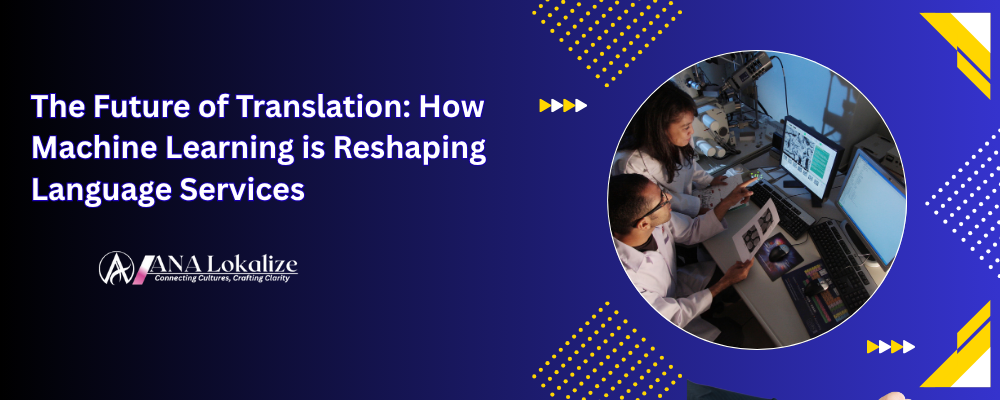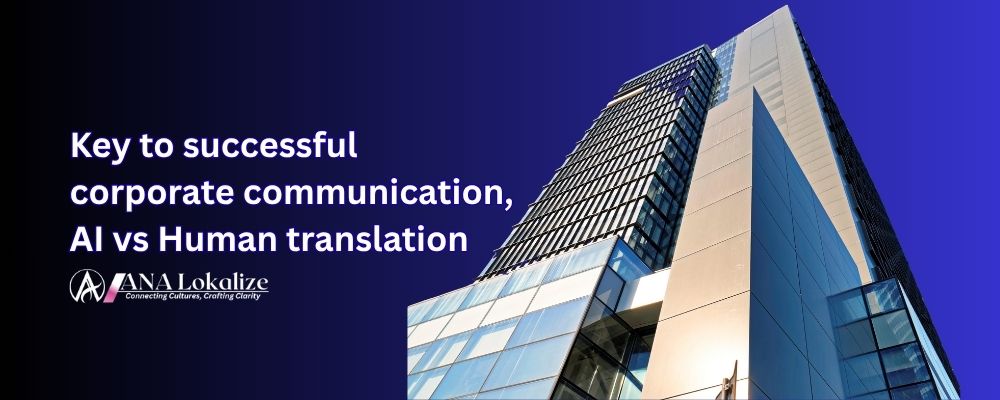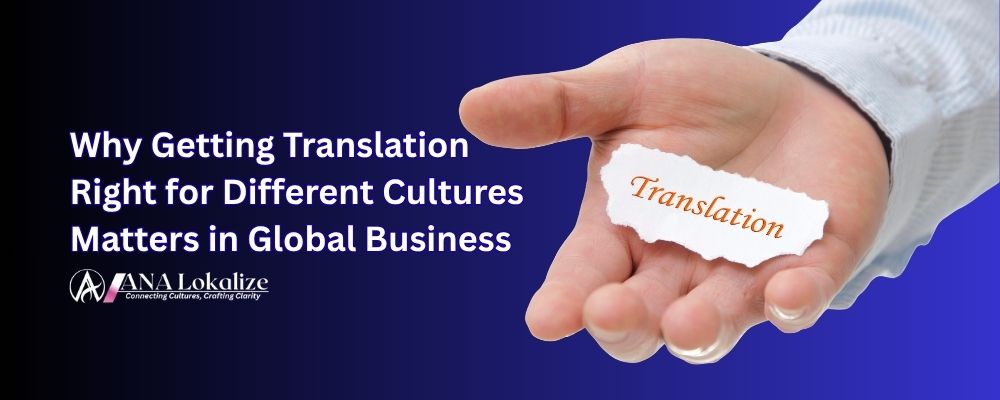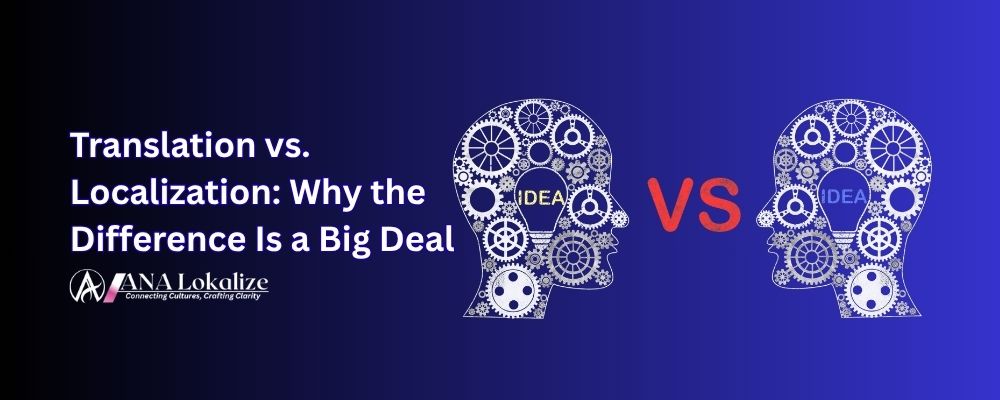The Future of Translation: How Machine Learning is Reshaping Language Services

The Future of Translation: How Machine Learning is Reshaping Language Services
The world of translation is evolving at an unprecedented pace. As businesses expand globally and communication crosses more linguistic boundaries, traditional translation methods can no longer keep up with the growing demand for speed, accuracy, and cultural relevance. Machine learning (ML), a subset of artificial intelligence (AI), is now at the forefront of this transformation, reshaping the way language services operate. From automated translations to intelligent localization, machine learning is not only enhancing efficiency but also redefining the quality and scope of global communication.
Machine learning enables systems to learn from data, identify patterns, and improve over time without explicit programming. In the context of translation, ML algorithms analyze massive amounts of bilingual and multilingual text to understand grammar, syntax, context, and semantics. Unlike traditional rule-based translation systems, ML-powered solutions can adapt to the nuances of language, producing translations that are not only accurate but also contextually appropriate.
Neural machine translation (NMT) is one of the most advanced applications of ML in language services. NMT systems consider entire sentences or paragraphs rather than translating word by word, allowing them to capture subtle meanings, idiomatic expressions, and stylistic elements. This results in translations that feel natural and preserve the original tone and intent.
One of the most significant advantages of machine learning in translation is speed. Global organizations often need to translate websites, product manuals, marketing materials, and customer support content into multiple languages simultaneously. Human translators, while highly skilled, require considerable time to complete large projects. ML-powered systems can process thousands of words in minutes, providing first-pass translations that human linguists can refine.
This hybrid approach — combining machine efficiency with human expertise — allows companies to scale their translation efforts without compromising quality. It also ensures that content is delivered quickly to international markets, keeping businesses competitive in a fast-paced digital landscape.
Accuracy in translation is not limited to correct spelling or grammar; it involves conveying the intended meaning, tone, and cultural context. Machine learning systems excel in context-aware translations. By analyzing patterns and understanding sentence structures, ML algorithms can determine the most appropriate translation for words or phrases that have multiple meanings.
For example, words with double meanings or industry-specific terminology require precise context analysis. ML systems, trained on large datasets, can identify and select the correct interpretation, reducing the risk of miscommunication and enhancing the clarity and reliability of translated content.
As companies expand globally, providing a seamless multilingual experience for customers has become essential. Machine learning drives AI-powered chatbots, virtual assistants, and automated customer support tools capable of understanding and responding in multiple languages. These systems not only translate queries but also interpret context, tone, and sentiment, enabling more natural and personalized interactions.
Additionally, ML can analyze customer feedback and sentiment across languages, helping companies adapt their messaging and services to better meet local expectations. This ensures that global audiences feel heard, understood, and valued.
Machine learning also offers significant cost advantages. Large-scale translation projects traditionally require extensive human resources, making them expensive and time-consuming. ML-powered systems reduce the workload for human translators, allowing them to focus on tasks that require creativity, cultural sensitivity, and domain expertise.
By automating repetitive or high-volume translation tasks, companies can achieve faster turnaround times while maintaining high-quality results. This combination of efficiency and precision makes ML an indispensable tool for modern language services.
Despite its benefits, machine learning is not without challenges. ML systems require high-quality training data to perform effectively, and inaccuracies in data can lead to errors. Complex or highly specialized content, such as legal, medical, or technical documents, still benefits from human oversight to ensure precision and compliance.
Cultural nuances, humor, and idiomatic expressions also pose challenges. While ML can learn patterns from large datasets, it may not always grasp subtle cultural references or the emotional impact of certain phrases. Human translators remain essential for tasks that require creativity, context interpretation, and cultural adaptation.
The future of translation lies in the collaboration between humans and machines. Machine learning provides speed, scalability, and context-aware translations, while human linguists contribute cultural understanding, creativity, and quality assurance. This partnership ensures that translations are both efficient and authentic, preserving brand identity and meaning across languages.
Companies adopting this hybrid approach can achieve consistent, high-quality multilingual communication while scaling their operations globally. It allows organizations to meet growing international demand without sacrificing accuracy or cultural relevance.
Looking ahead, several trends are shaping the future of translation with machine learning:
-
Adaptive Learning Systems: ML models that continuously improve based on user feedback and updated content.
-
Cross-Lingual Content Generation: AI systems capable of creating content in multiple languages with minimal human input.
-
Voice and Speech Translation: Real-time speech recognition and translation for multilingual meetings, webinars, and customer support.
-
Integrated Localization: Combining translation with cultural adaptation for marketing, websites, apps, and multimedia content.
These innovations will make translation faster, more intelligent, and increasingly seamless, enabling businesses to connect with global audiences like never before.
Machine learning is fundamentally transforming the translation industry. It enhances speed, improves accuracy, and enables context-aware translations that preserve meaning across languages. While challenges remain, the combination of AI and human expertise ensures high-quality, culturally sensitive multilingual communication.
As businesses continue to expand globally, machine learning will play a critical role in shaping the future of translation. Organizations that embrace these technologies will gain a competitive advantage, providing seamless multilingual experiences and building stronger connections with international audiences.
In a world where global communication is more important than ever, machine learning is not just an innovation — it is the future of translation.
Stephane B. Atangana
Professional translation and localization experts with 10 years of experience in helping businesses connect with global audiences.
Search Articles
Related Articles

key to successful corporate communication, AI vs Human translation

Why Getting Translation Right for Different Cultures Matters in Global Business

Translation vs. Localization: Why the Difference Is a Big Deal
Subscribe to Our Newsletter
Get the latest translation insights and industry news delivered to your inbox.
We respect your privacy. Unsubscribe at any time.
